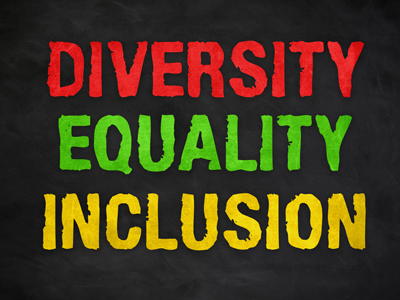
The Equality Act – Age 14-16
Students in KS4 are drawing ever closer to life in the adult world. Being an adult brings certain rights but also responsibilities. In this PSHE quiz, written for students in years 9 and 10, we look at the 2010 Equality Act and how this will affect them.
After centuries of discrimination the Equality Act was introduced in 2010 to protect our rights and to make sure that everyone, regardless of age, sex, physical ability, race, religion or sexuality, has equal opportunities.
In this quiz we look at how this law protects you and also the responsibilities you have because of it.
You could see a solicitor who would advise you of your rights, or the Citizens’ Advice who will talk you through all your options








Age
Disability
Gender reassignment
Marriage and civil partnership
Pregnancy and maternity
Race
Religion or belief
Sex / gender
Sexual orientation